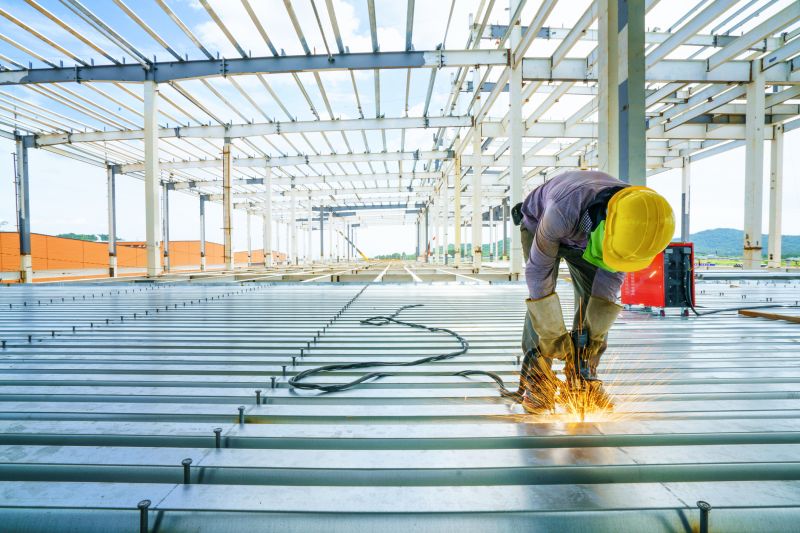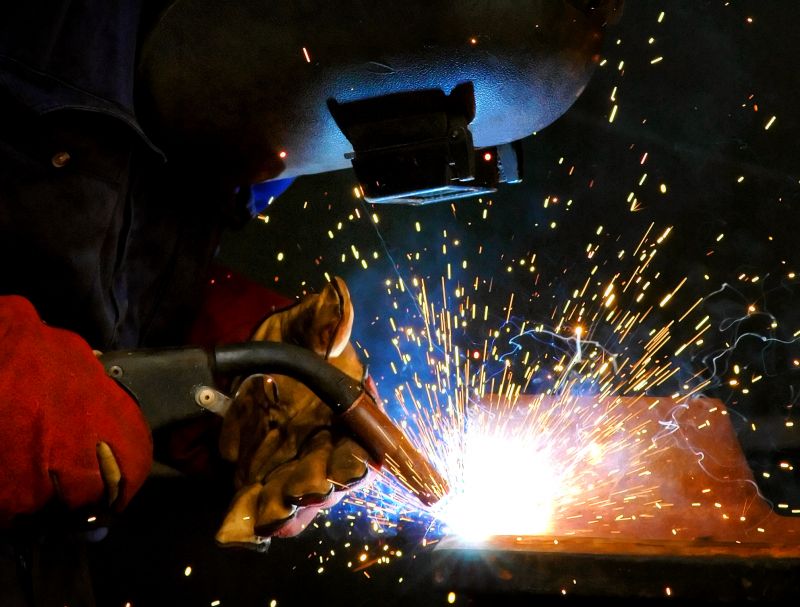Optimal Timing for Welding Projects
Weldings require specific conditions to ensure optimal results. The timing of welding projects can significantly impact the quality, safety, and durability of the welds. Factors such as weather conditions, material temperature, and project deadlines influence the ideal time to perform welding tasks.
Welding should be performed during dry and calm weather to prevent moisture and wind from affecting the weld quality.
Materials should be at appropriate temperatures, often preheated, to ensure proper fusion and reduce the risk of cracking.
Scheduling welding activities to avoid extreme weather or temperature fluctuations helps maintain consistent quality.
A controlled environment, such as an indoor workshop, provides stable conditions for welding at any time.

Performing welds during clear, dry days ensures better adhesion and reduces defects.

Preheating metals before welding helps prevent cracking and improves weld strength.

Indoor environments allow for consistent conditions, regardless of external weather.

Using temperature sensors ensures materials stay within ideal ranges during welding.

Managing humidity levels minimizes the risk of porosity and other weld imperfections.

Proper storage and handling of materials before welding are crucial for quality results.
| Factor | Ideal Timing |
|---|---|
| Weather Conditions | Dry, calm weather preferred |
| Material Temperature | Preheated to specified range |
| Humidity Levels | Low humidity for certain metals |
| External Temperature | Moderate temperatures, avoid extremes |
| Project Schedule | Align with optimal environmental conditions |
| Indoor vs Outdoor | Indoor for consistent conditions |
| Material Type | Follow specific guidelines for each metal |
| Wind Speed | Low wind to prevent contamination |
Weldings are a critical process in manufacturing, construction, and repair industries. Proper timing ensures weld integrity, reduces rework, and enhances safety. Advanced techniques and monitoring tools can optimize welding conditions, leading to stronger and more durable joints. Understanding the optimal timing and environmental factors is essential for achieving high-quality welds.
Statistics show that welding performed under ideal conditions results in fewer defects, lower rework costs, and longer-lasting structures. For example, studies indicate that proper preheating and controlled environments can reduce weld cracking by up to 30%. Ensuring the right timing and conditions is vital for efficient and effective welding operations.

Indoor welding provides stable conditions for high-quality results.

Preheating reduces thermal stresses and improves weld quality.

Choosing the right weather conditions prevents defects.

Temperature control ensures materials stay within optimal ranges.
Interested in learning more about optimal welding timing and techniques? Filling out the contact form can connect with professionals who provide expert guidance and services tailored to specific project needs.
